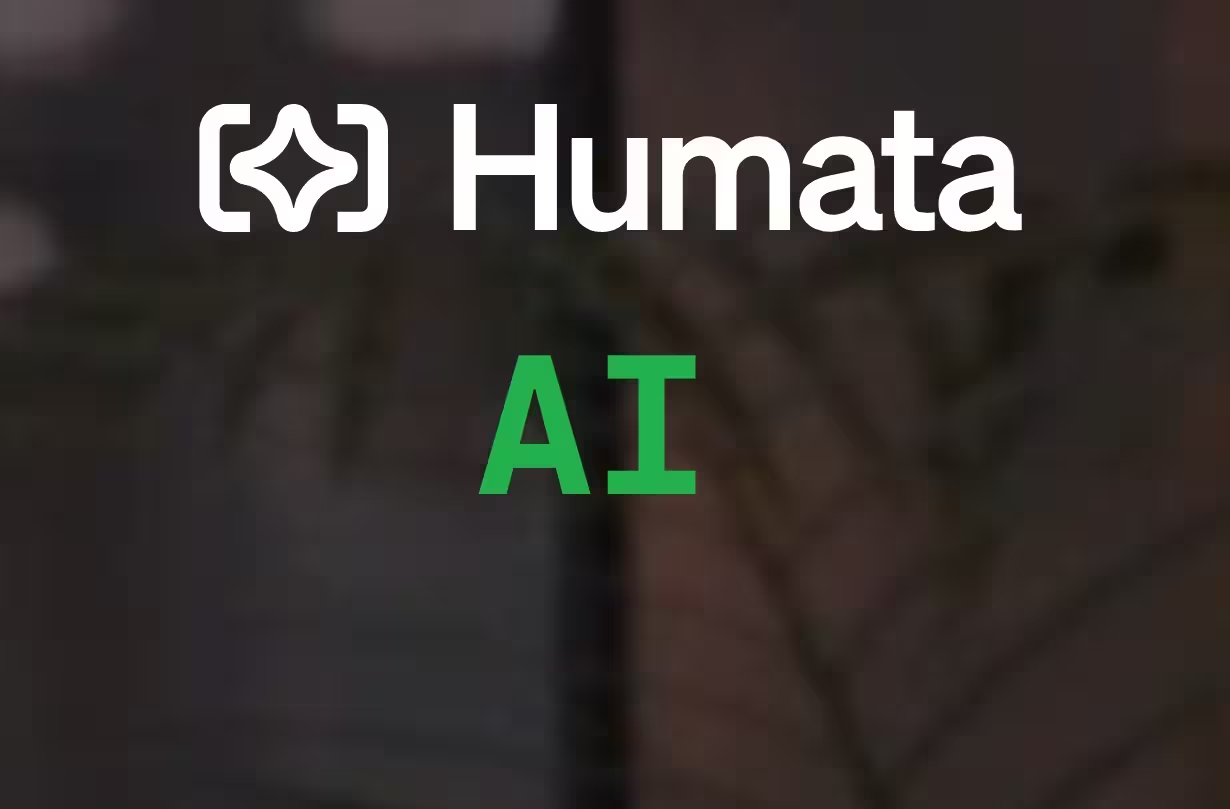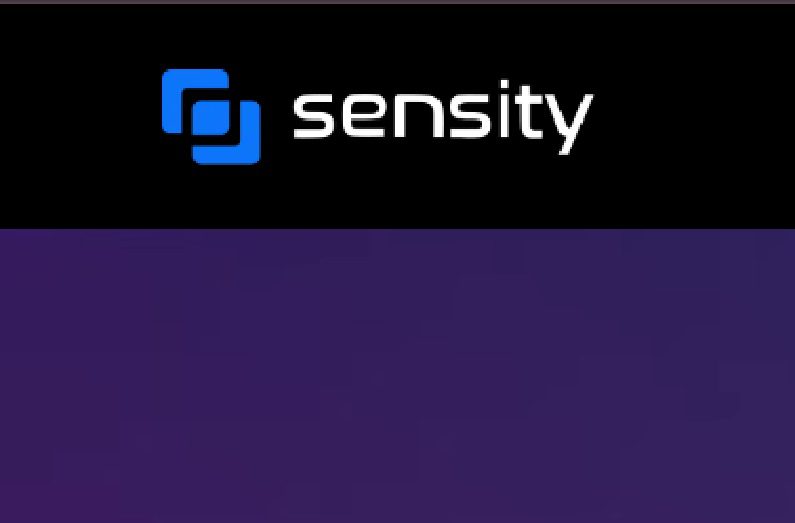📑 Document Classification
Document classification is the process of categorizing text documents into predefined classes or groups. By analyzing the content and context of documents, you can organize vast amounts of information, making it easier to retrieve and manage. This technique is vital in various fields such as legal, medical, and financial industries, where sorting and accessing documents quickly can save time and resources.
AI’s Role in Document Classification
AI has significantly impacted document classification by introducing powerful tools that automate and enhance the process. For instance, Google’s Cloud Natural Language API offers robust categorization capabilities, enabling you to classify content with remarkable accuracy. Similarly, tools like IBM Watson’s Natural Language Understanding provide advanced features for categorizing and analyzing text. These AI solutions have disrupted traditional methods, offering faster, more accurate, and scalable options for managing your documents.
Our Recommendations and Alternatives
When choosing a document classification tool, consider the specific needs of your business. We recommend exploring AI-powered options such as Google Cloud Natural Language API and IBM Watson. These tools not only streamline the classification process but also integrate easily with existing systems. As alternatives, you might look into open-source options like Apache OpenNLP or spaCy, which offer flexibility and customization to fit unique requirements.
Explore our category of AI tools below that can fulfill this use case.
-

Humata AI
Are you overwhelmed by piles of documents and struggling to extract crucial insights quickly? Humata AI might just be the tool you need. Designed to cater specifically to professionals in fields like healthcare, legal, and finance, Humata AI leverages powerful document-centric AI to parse and summarize vast volumes of data efficiently.
-

Sensity AI
Sensity AI specializes in cutting-edge solutions for detecting deepfake content and ensuring digital authenticity. Their platform is equipped to identify AI-generated images, face swaps, and even synthetic voices with a high degree of accuracy.
